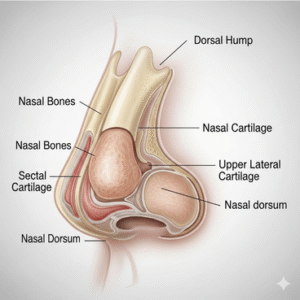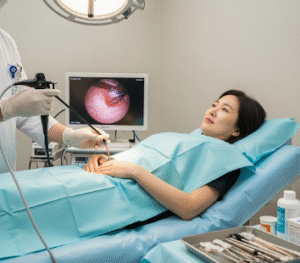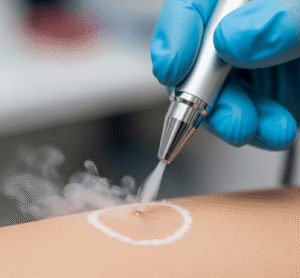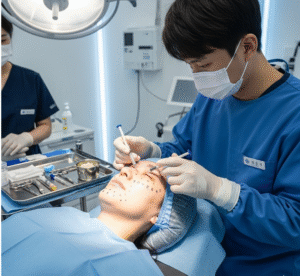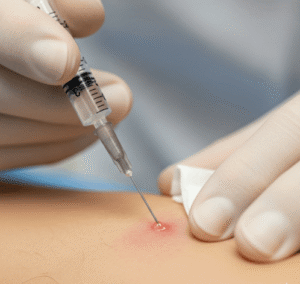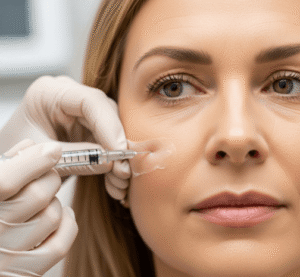Overview
Pick’s disease is a rare and progressive type of dementia that primarily affects the frontal and temporal lobes of the brain. It is classified under a broader group of conditions known as frontotemporal dementia (FTD). Unlike Alzheimer’s disease, which often begins with memory loss, Pick’s disease usually presents with changes in personality, behavior, and language. It typically begins between the ages of 40 and 60 and leads to significant cognitive and functional decline over time.
What is Pick’s Disease?
Pick’s disease is a neurodegenerative disorder caused by the buildup of abnormal proteins called Pick bodies inside brain cells. These proteins damage and eventually kill brain cells, particularly in the frontal and temporal regions, which are responsible for behavior, emotion regulation, and language. The condition results in frontotemporal lobar degeneration (FTLD). As it progresses, Pick’s disease severely impairs a person’s ability to think, communicate, and care for themselves.
Symptoms
The symptoms of Pick’s disease vary depending on the affected areas of the brain, but they typically fall into three major categories:
1. Behavioral and personality changes
- Apathy or lack of motivation
- Socially inappropriate behavior
- Impulsivity or poor judgment
- Aggression or irritability
- Compulsive or repetitive behaviors
- Lack of empathy or emotional response
2. Language difficulties (Primary Progressive Aphasia)
- Difficulty finding words
- Reduced vocabulary
- Repetition of words or phrases
- Trouble understanding spoken or written language
- Mutism in advanced stages
3. Cognitive and functional decline
- Poor executive functioning (planning, organizing, problem-solving)
- Memory problems in later stages
- Loss of ability to perform daily tasks
Causes
Pick’s disease results from the accumulation of tau proteins, which form Pick bodies that interfere with normal brain cell function. While the exact cause of this abnormal tau buildup is unknown, some cases appear to be genetic.
Contributing factors include:
- Genetic mutations: Mutations in the MAPT gene (microtubule-associated protein tau) are linked to some familial cases
- Tauopathy: A class of diseases characterized by the accumulation of tau proteins in the brain
- Sporadic onset: Most cases occur randomly with no known family history
Risk Factors
Although Pick’s disease is relatively rare, certain factors may increase the risk:
- Age (typically starts between 40–60 years old)
- Family history of frontotemporal dementia
- Genetic mutations in tau-related genes
- Personal history of neurological disease
- Male gender (slightly higher prevalence)
Complications
As Pick’s disease progresses, complications can severely impact quality of life and physical health:
- Complete loss of speech (mutism)
- Total dependence on caregivers
- Swallowing difficulties leading to aspiration pneumonia
- Nutritional deficiencies and weight loss
- Incontinence and loss of motor control
- Emotional distress for both patients and caregivers
- Risk of infections and immobility-related complications
- Shortened life expectancy (typically 6–8 years after diagnosis)
Prevention
There is currently no known way to prevent Pick’s disease. However, early detection and supportive care can help manage symptoms and improve quality of life. Possible preventive strategies for general brain health include:
- Regular physical activity
- Cognitive engagement (reading, puzzles, social interaction)
- Managing cardiovascular risk factors (blood pressure, cholesterol, diabetes)
- Avoiding smoking and excessive alcohol use
- Healthy, balanced diet (e.g., Mediterranean diet)
- Genetic counseling if there is a family history of frontotemporal dementia
Treatment Options in Korea
Although there is no cure for Pick’s disease, South Korea offers advanced and compassionate care to manage symptoms, slow disease progression, and support patients and families. Treatment options include:
- Multidisciplinary care: Neurologists, psychiatrists, speech therapists, and occupational therapists collaborate for comprehensive treatment
- Medications: While there are no drugs specifically approved for Pick’s disease, medications used for Alzheimer’s and Parkinson’s (e.g., antidepressants, antipsychotics, SSRIs) may help manage mood and behavioral symptoms
- Speech and language therapy: Helps improve or maintain communication skills for as long as possible
- Behavioral therapy: To reduce agitation, impulsiveness, and socially inappropriate behavior
- Cognitive rehabilitation: Programs that help patients retain cognitive function through structured mental activities
- Caregiver training and support: Korean clinics provide family counseling and education to manage caregiving challenges
- Advanced imaging and diagnostics: MRI, PET scans, and neuropsychological testing help with accurate diagnosis and monitoring
- Specialized dementia centers: Leading hospitals such as Samsung Medical Center, Seoul National University Hospital, and Asan Medical Center have dedicated neurology and dementia units with English-speaking staff
- Palliative care: In the later stages, patients may receive supportive care focused on comfort and dignity
South Korea’s medical institutions combine cutting-edge neurology with patient-centered care, making it a top destination for managing rare neurodegenerative diseases like Pick’s disease.


